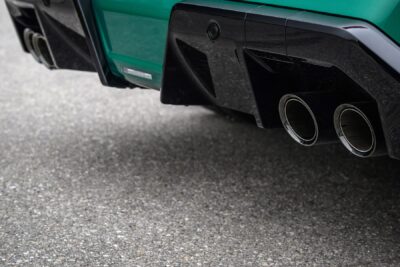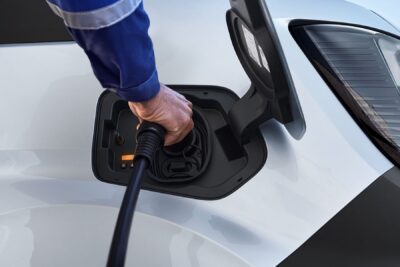Canada issues regulations for the phase out of combustion vehicles
The Canadian government is now officially launching regulations to implement its goal of allowing only zero-emission passenger cars and light commercial vehicles to be sold in the country from 2035. Initially, an EV quota of at least 20 per cent will be mandated from 2026.
The government will officially launch a formal 75-day consultation period after publishing its regulations in the Official Gazette on 31 December 2022. Automakers and importers offering new vehicles for sale in Canada will be required to offer a growing percentage of their fleet as Zero Emission Vehicles (ZEVs) starting in 2026 and increasing to 100 per cent by 2035, according to the current drafts.
The government had already published the planned intermediate stages in the spring: a ZEV quota of at least 20 per cent is to apply from 2026, at least 60 per cent from 2030 and 100 per cent from 2035. ZEV does not necessarily mean completely emission-free, however, because the Canadian government allows not only battery-electric and fuel-cell vehicles under this term, but also plug-in hybrids that offer a certain purely electric range. This has not yet been defined in more detail. The government communication states: “Plug-in hybrid electric vehicles are likely to play a key role in northern and remote communities in the near future (…).”
The said rules are to apply to manufacturers and importers of new passenger cars, SUVs and pickups, and exclude emergency vehicles and fire engines. For medium- and heavy-duty vehicles, Canada aims to achieve 35 per cent electric by 2030 and increase to 100 per cent in certain vehicle categories by 2040, according to data released earlier this year. There is no new status on this in the current press release.
The government has announced its intention to invest 1.7 billion Canadian dollars (1.22 billion euros) in purchase subsidies for electric passenger cars and light commercial vehicles and additional funds of 400 million dollars (286 million euros) in charging stations to promote electric mobility in the country. In addition, the Canada Infrastructure Bank will invest $500 million (€358 million) in charging and refuelling infrastructure for zero-emission vehicles.
As for charging infrastructure, the government has committed to supporting the construction of 85,000 charging stations by 2027.
Meanwhile, other states in the USA are following California’s example: Oregon, Washington and Vermont have now also formally decided to phase out new internal combustion vehicles from 2035. In August 2022, the California Air Resources Board (CARB) passed the regulation “Advanced Clean Cars II”, which defines the path for the ban on internal combustion vehicles in the US state from 2035, which was passed by decree about two years ago. Other states are now joining this regulation.
Originally, California had planned that only zero-emission cars could be sold from 2035 onwards. However, according to the regulation passed by CARB in the summer, plug-in hybrids will also continue to be allowed – just like in Canada.
canada.ca (Canada), oregon.gov (Oregon), ecology.wa.gov (Washington), vnrc.org (Vermont)




